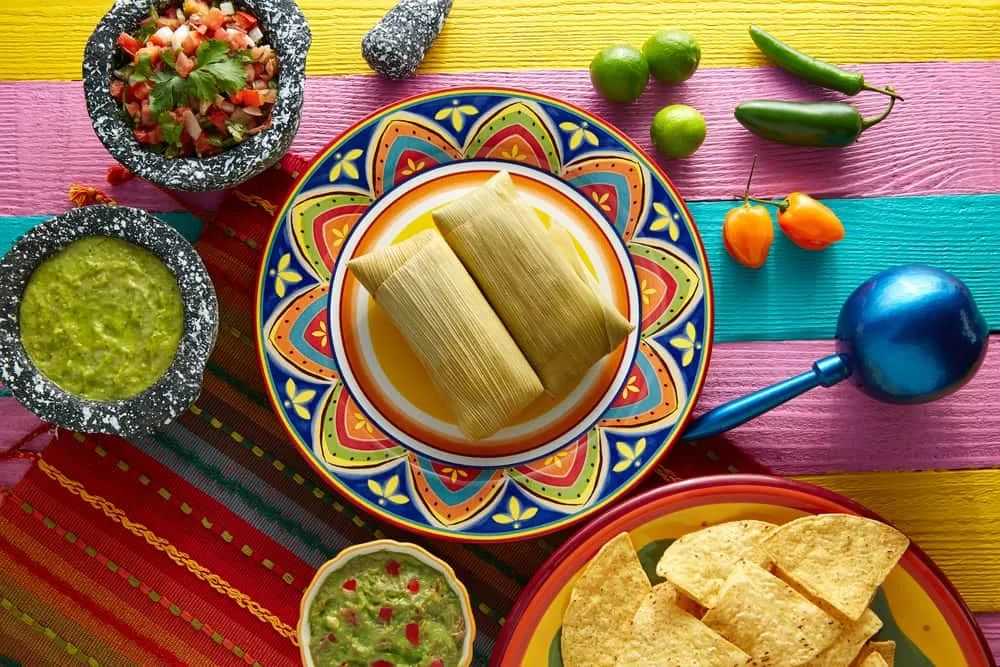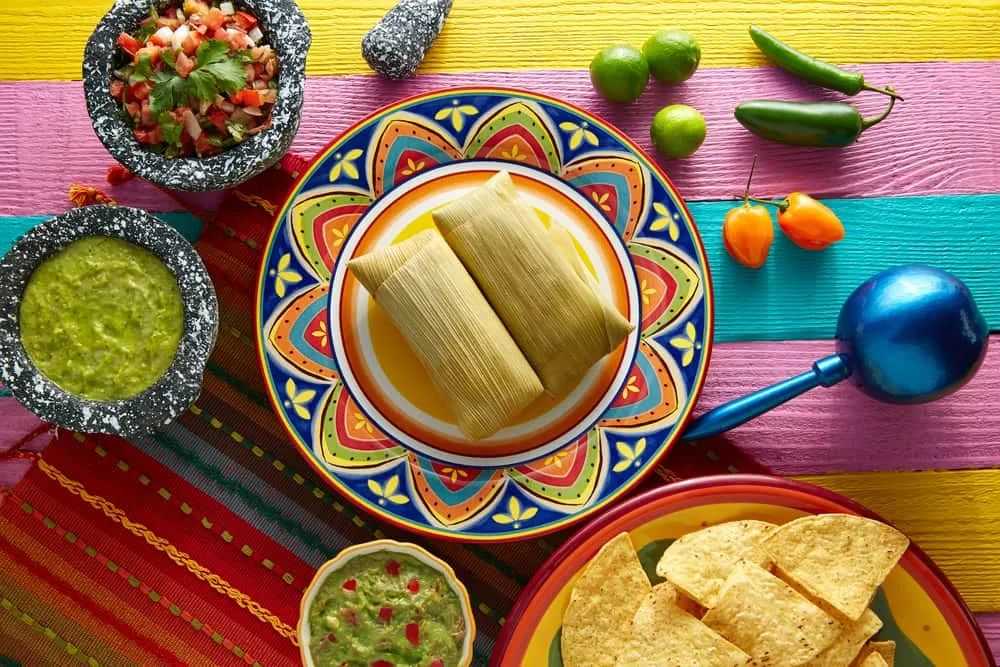Mexico: Festive Decor and Tamale Traditions
Mexican New Year celebrations blend vibrant symbolism with culinary heritage, creating a sensory experience of color, flavor, and renewal. Homes across the country transform into kaleidoscopic spaces, each hue carrying intentional meaning: red for love, yellow for career prosperity, and green for financial abundance. This decorative ritual, rooted in indigenous and Spanish traditions, turns living spaces into visual prayers for the year ahead.

Source: Images from the Internet, if there is any infringement, please contact the removal of
Burning Away the Past
A powerful symbolic act takes place as midnight approaches: families write down grievances, regrets, or hardships from the past year on paper, then gather to burn these notes. The ritual, known as quemar los malos augurios (burning bad omens), is believed to release negative energy. As the ashes disperse, participants often shout words of liberation, merging Catholic cleansing traditions with pre-Hispanic fire ceremonies. In some regions, effigies of public figures or abstract "problems" are burned alongside the notes, adding a theatrical element to the purification.

Source: Images from the Internet, if there is any infringement, please contact the removal of
Tamales: The Heart of New Year’s Feasts
Central to the celebration is the making of tamales—corn dough parcels stuffed with meats, cheeses, or vegetables, then steamed in banana leaves or corn husks. Families gather days in advance to prepare batches, a process that combines labor with storytelling. The act of wrapping each tamale is a communal effort, with recipes often passed down through generations. On New Year’s Eve, these savory packages are shared among loved ones, symbolizing unity and nourishment for the year ahead.

Source: Images from the Internet, if there is any infringement, please contact the removal of
A Culinary and Cultural Fusion
Tamales are typically served with menudo, a hearty soup made from cow’s tripe, chili, and hominy. This pairing dates to colonial times, when Spanish ingredients merged with indigenous cooking techniques. The soup’s spicy warmth is believed to ward off winter chills (even in Mexico’s tropical regions), while the tamales’ portable nature reflects the country’s tradition of festive gatherings that spill into streets and plazas.

Source: Images from the Internet, if there is any infringement, please contact the removal of
As midnight strikes, cities erupt in fireworks, and families toast with ponche (a spiced fruit punch). The combination of colorful decor, symbolic burning, and shared tamales captures Mexico’s approach to new beginnings—unafraid to confront the past, eager to embrace the future, and always rooted in the joy of community and cuisine.

Source: Images from the Internet, if there is any infringement, please contact the removal of
-------- END --------






